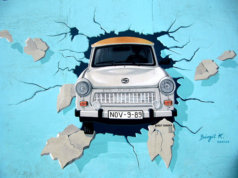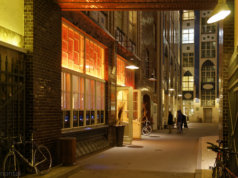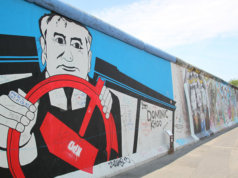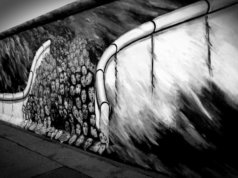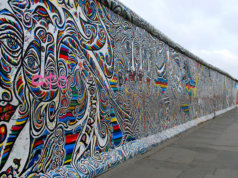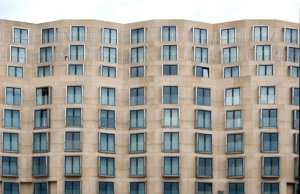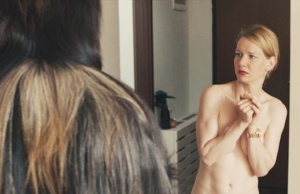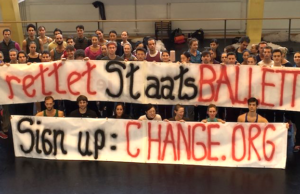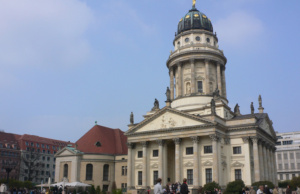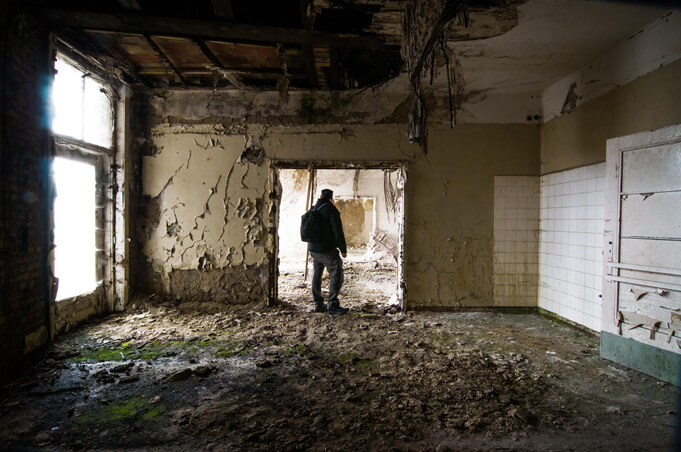
Can’t get enough of Berlin’s abandoned spaces? Here are three more you don’t want to miss.
Rüdersdorf Chemical Factory
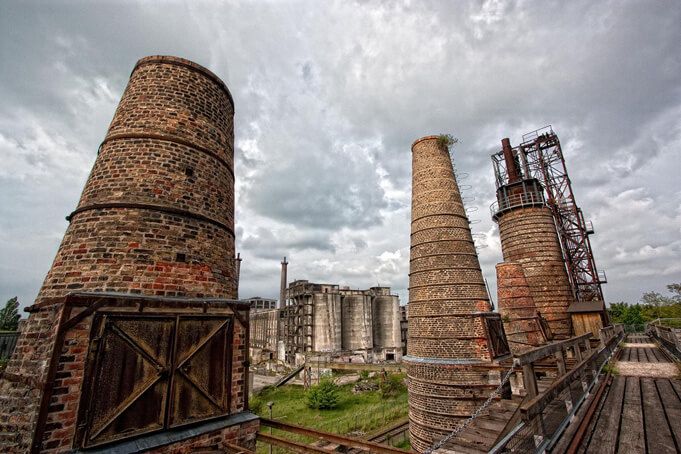
What the abandoned chemical factory lacks in haunting history, it makes up in size.
“The sheer size of this colossal former cement and chemical factory makes you feel like an ant when you wander round the imposing buildings,” Fahey told the Local.
While you can still find some potent memories lurking in the expansive abandoned spaces (i.e. some containers with skulls and crossbones), today, Rüdersdorf serves as a massive canvas for street artists. As well, it’s been featured in a few films and shows. Examples include: “Enemy at the Gates”, “Homeland” and “The Monuments Men” and even a Rammstein music video.
Haus der Statistik
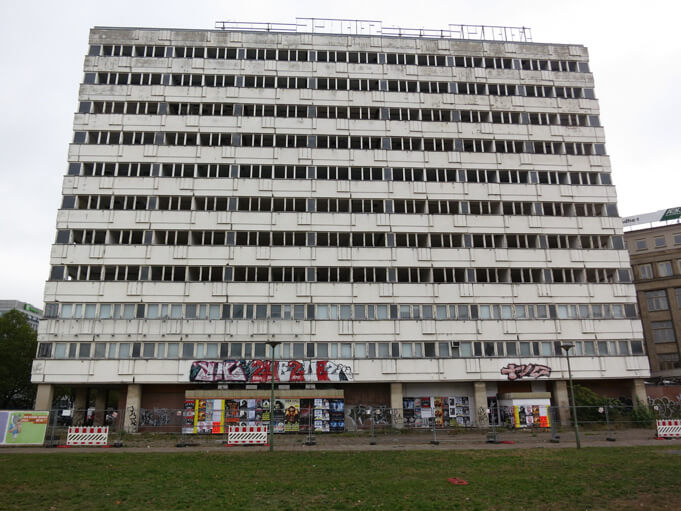
So if you were a member of the GDR, the Haus der Statistik already knows.
During the Cold War, the building was used to gather and store information about numerous member of the GDR. Following the fall of the Wall in 1989, the building was repurposed and used as the home of the Federal Statistics Office and the Office for the Federal Commissioner of Stasi Archives.
Today the colossal building—located just steps from Alexanderplatz—is just one more of Berlin’s abandoned spaces but curiously it’s still manned by security cameras and guards.
Hohenlychen Sanatorium
![An abandoned building at Hohenlychen Sanatorium. By Doris Antony, Berlin (Own work) [GFDL (http://www.gnu.org/copyleft/fdl.html) or CC BY-SA 4.0-3.0-2.5-2.0-1.0 (http://creativecommons.org/licenses/by-sa/4.0-3.0-2.5-2.0-1.0)], via Wikimedia Commons.](https://www.berlinjournal.biz/wp-content/uploads/2016/08/Hohenlychen.jpg)
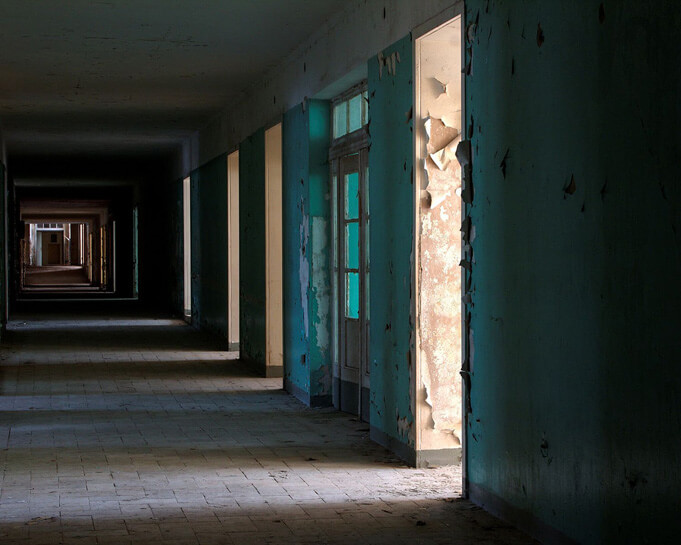
What started innocently as a clinic to treat children with TB in 1902 quickly turned to the site of some of the most horrific atrocities committed during World War II, and thus, one of the creepiest abandoned spaces in Berlin. And that’s saying something.
In the 1930s, the focus of the grounds shifted from TB to sport. It was used as a training facility for German athletes leading up to the 1936 Olympics. During this time, numerous prominent guests (such as Hitler) visited the grounds to enjoy the top-notch sport facilities.
![Karl Gebhardt. Bundesarchiv, Bild 183-1986-0428-502 / CC-BY-SA 3.0 [CC BY-SA 3.0 de (http://creativecommons.org/licenses/by-sa/3.0/de/deed.en)], via Wikimedia Commons.](https://www.berlinjournal.biz/wp-content/uploads/2016/08/Karl-Gebhardt-214x300.jpg)
Starting in 1942, however, Hohenlychen was the site in which Karl Gebhardt, head physician to Heinrich Himmler (a leading member of the Nazi party), began experimenting on inmates from the nearby Ravensbrück women’s concentration camp. The purpose of his experiments were to defend his approach in treating traumatic injuries acquired on the battlefield. So Gebhardt simulated these injuries on the inmates and tested out his treatments. No need to go into further detail.
Today, the beauty of the site’s architecture can’t hide the dark history. Apparently, it’s in the process of being restored, but there’s still time to explore.

